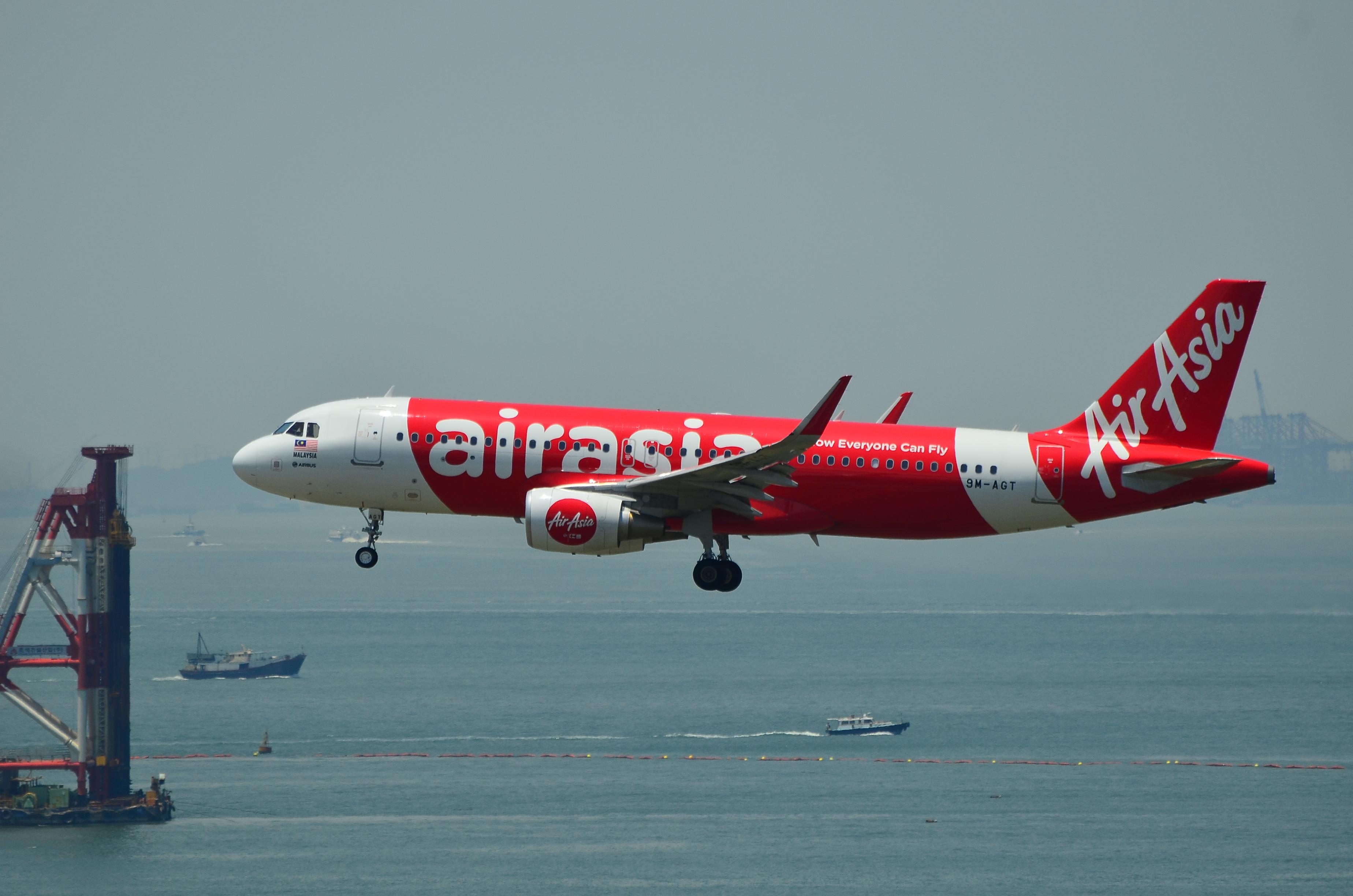
AirAsia Group has posted a net loss of MYR953.3 million ($223 million) for the first quarter (Q1) of 2020, the largest deficit the company has recorded since its listing in 2004.
Despite COVID-19 sweeping through Southeast Asia, the Kuala Lumpur-based group said its EBITDA reached breakeven after quick cost-cutting measures for the three-month period ending March 31. Non-flying digital ventures also helped prop up AirAsia’s finances. The group posted a MYR102 million profit in Q1 2019.
The consolidated group—which consists of AOCs in Malaysia, Indonesia and the Philippines—saw total passengers carried fall 21% year-on-year (YOY) to 9.9 million with traffic, measured in revenue passenger-kilometers (RPKs), down 27% YOY. Capacity, measured as available seat-kilometers (ASKs), fell 19%. The average load factor was 78%.
The poorer operating numbers resulted in revenue sliding 15% against Q1 2019, falling to MYR2.3 billion.
Non-airline ventures grew 27% YOY to MYR182 million. Revenue generated by digital payment platform BigPay ballooned by 161%, while logistics arm Teleport grew 49%—likely benefiting from lockdown delivery demand.
Costs increased around 30% to MYR2.9 billion, and the group lost MYR110 million through fuel hedging. AirAsia said 70% of fiscal 2020 Brent fuel-hedging deals have been recontracted. The group also has applied for bank loans in the Philippines, Indonesia and Thailand, and is close to securing funds from the Malaysian government under the Prihatin Economic Stimulus Package.
For the second quarter, the LCC is aiming to reduce fixed cost-burn by 60% as it targets a 50% reduction in cash expenses for the entire year. In a statement, the company said it was benefiting from past sale-and-leaseback deals as savings had been achieved through renegotiating operating leases. AirAsia has deferred all new aircraft deliveries, will retire two third-party leases, and—with the deferral of lease expenses—expects to see a 60% decline in operating lease costs in 2020. Those accounted for 19% of cash expenses in 2019. Staff costs are being managed with pay cuts and the deferment of promotions, increments and bonuses as well as the suspension of some external training.
Group CEO Tony Fernandes said the LCC is in discussions with “a number of parties” for potential joint ventures that would attract additional investments in specific segments.
With domestic travel bans lifted and middle-seat limitations removed, AirAsia is seeing a recovery in its business. As of the start of July, 80% of its domestic routes in Malaysia have resumed operation. A full recovery is projected for 2021, when load factors are estimated at 85%—the same as in fiscal 2019. Capacity for full-year 2020 is forecast at 45-60% of 2019 levels.
“We have also been presented with proposals to raise capital to strengthen our equity base and/or liquidity from a number of investment bankers, lenders as well as potential investors,” Fernandes said. AirAsia was reported to be in talks with South Korea’s SK Corp to sell 10% of its stake to raise funds.





